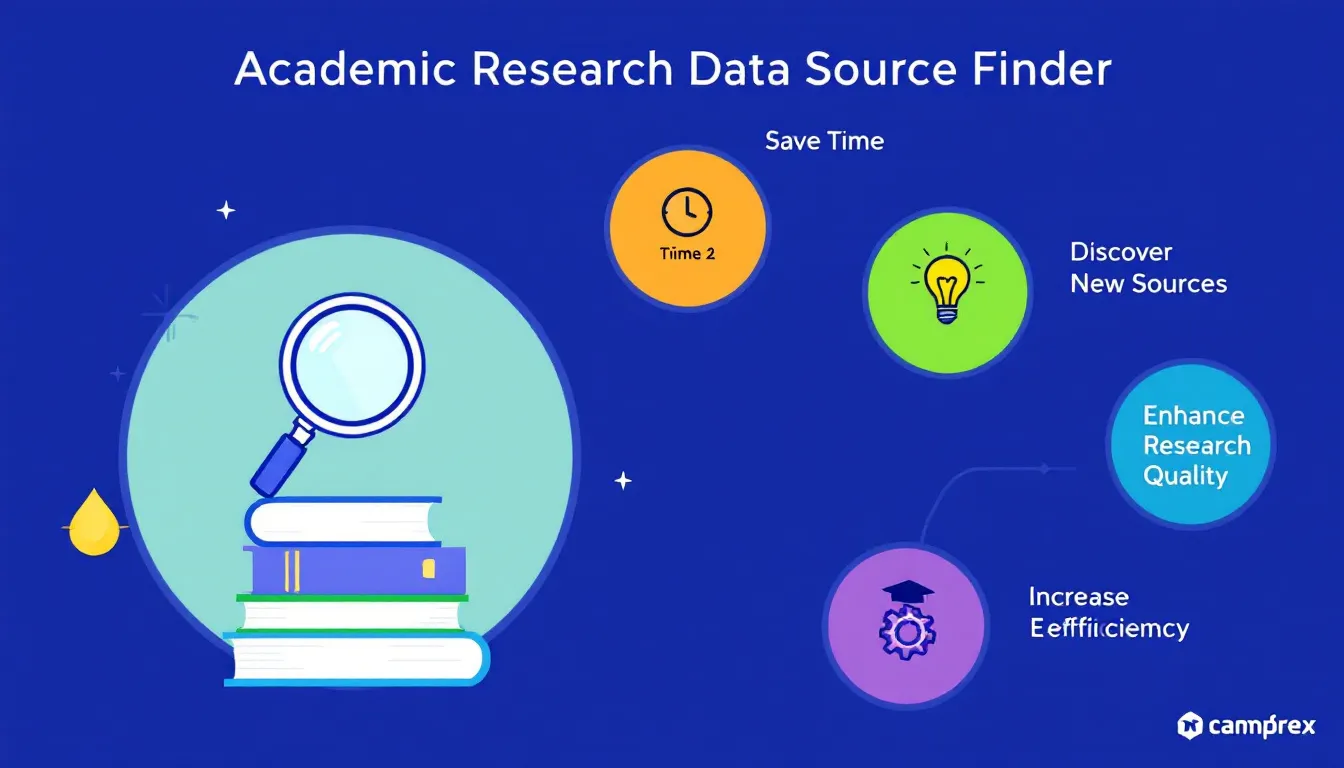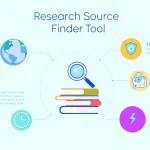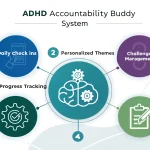Is this tool helpful?
How to Use the Academic Research Data Source Finder Tool Effectively
1. Enter Your Research Topic
Start by entering the central theme of your research in the first input field. Be clear and specific to get targeted data source recommendations. Examples include:
- “Renewable energy adoption in rural communities”
- “Impact of social media on political activism among youth”
2. Describe Your Research Objectives
Provide a brief statement outlining what you aim to achieve with your research. This description helps the tool generate sources that align with your study’s focus. For example:
- “To evaluate barriers to renewable energy implementation and propose solutions for sustainable rural development”
- “To examine how social media platforms influence the political engagement and attitudes of young adults”
3. Specify Preferred Source Types (Optional)
If you want the results to focus on certain kinds of data sources, enter them here. This can include specific source types like:
- “Environmental impact assessments, policy papers, technical reports”
- “Sociological studies, government surveys, news archives”
4. Set a Preferred Time Frame for Sources (Optional)
Indicate a date range or period to narrow the search to the most relevant timeframe. Examples of valid inputs:
- “2015 to present”
- “Past 3 years”
5. Generate Your Customized Data Source List
Click the “Generate Data Source List” button after filling the fields. The tool analyzes your inputs and compiles a tailored list of credible academic data sources suited to your research topic and goals.
6. Review and Utilize Your Results
Carefully examine the provided sources. Use the generated list to jump-start your research process with high-quality, relevant references. You can easily copy the full list for your notes or citation management.
Introduction to the Academic Research Data Source Finder Tool
The Academic Research Data Source Finder Tool helps you quickly find and compile a comprehensive list of trustworthy data sources tailored to your research topic. It acts as a virtual assistant by searching a wide range of databases, journals, and repositories relevant to your study.
Purpose of the Tool
This tool aims to simplify the early stages of research by providing you with:
- Targeted data sources related to your topic and research objectives
- Reliable sources to enhance your research credibility
- A time-efficient alternative to manual data source searches
- Access to diverse perspectives and lesser-known resources
- Up-to-date information filtered by your chosen time frame
Key Benefits for Researchers
- Save time by instantly generating comprehensive data source lists
- Expand coverage through extensive database searches across disciplines
- Ensure source credibility by focusing on vetted academic and government repositories
- Customize results based on your specific research goals and preferences
- Discover new research angles through diverse and interdisciplinary sources
- Stay current using filters for recent publications and data
Whether you are a student, academic, or professional researcher, this tool supports your need to gather valid and relevant research data efficiently.
Practical Uses of the Academic Research Data Source Finder Tool
1. Thesis and Dissertation Research
Graduate students can quickly gather recent studies, reports, and datasets relevant to their specific dissertation topics, such as “Renewable Energy Policies in Emerging Economies,” setting a robust foundation for literature reviews and methodology planning.
2. Grant Proposal Development
Researchers preparing funding applications can demonstrate in-depth knowledge of existing work by sourcing the latest and most relevant datasets, studies, and reports, strengthening their proposal’s foundation.
3. Interdisciplinary Projects
The tool helps bridge knowledge across fields by uncovering sources from multiple disciplines, such as combining environmental science with economics or sociology, creating a more integrated and thorough research approach.
4. Rapid Response Research
During urgent events like disease outbreaks or environmental crises, users can quickly access the newest reports and data sources to support timely and informed decision-making.
5. Systematic Reviews and Meta-Analyses
Systematic reviewers can use the tool as a starting point for comprehensive source compilation, ensuring systematic coverage of relevant studies in their analyses.
6. Exploratory Research in New Fields
Researchers expanding into unfamiliar topics can generate an overview of foundational literature and current research trends, aiding faster acclimation and knowledge building.
7. Undergraduate Research Projects
Students can find appropriate academic resources easily for term papers, projects, and presentations, developing strong research skills and understanding of credible information.
8. Ongoing Professional Development
Professionals can stay updated on recent studies, reports, and data in their industries, enabling informed decision-making and continued learning.
Important Disclaimer
The calculations, results, and content provided by our tools are not guaranteed to be accurate, complete, or reliable. Users are responsible for verifying and interpreting the results. Our content and tools may contain errors, biases, or inconsistencies. Do not enter personal data, sensitive information, or personally identifiable information in our web forms or tools. Such data entry violates our terms of service and may result in unauthorized disclosure to third parties. We reserve the right to save inputs and outputs from our tools for the purposes of error debugging, bias identification, and performance improvement. External companies providing AI models used in our tools may also save and process data in accordance with their own policies. By using our tools, you consent to this data collection and processing. We reserve the right to limit the usage of our tools based on current usability factors.







